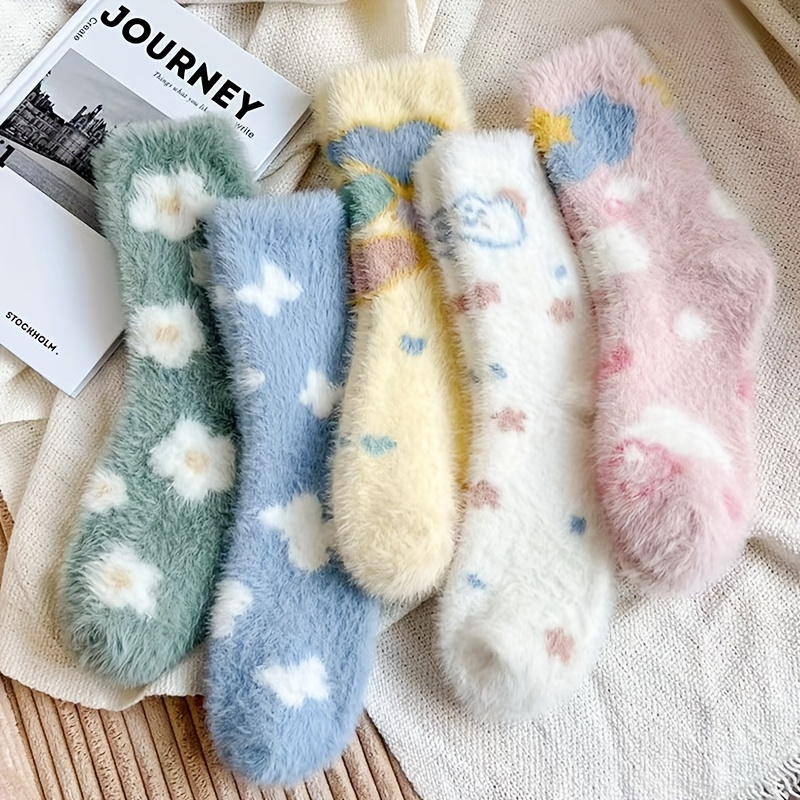As winter descends upon us, many of us anticipate not just the beauty of snow-covered landscapes but also the chill that comes with it. Keeping warm is crucial during the colder months, and while most people focus on outerwear, one of the most important items often overlooked is winter socks. Quality winter socks can significantly impact your comfort and warmth, making them essential for anyone braving the cold. This article will discuss the features to look for in winter socks, ensuring you stay cozy and warm throughout the season.
Understanding the Importance of Winter Sock
Protection Against the Cold
Winter socks are designed to offer protection against cold temperatures. They serve as a barrier between your feet and the outside environment, helping to retain body heat. Unlike regular socks, winter socks are made with materials that insulate and wick moisture away from the skin. This is critical to prevent cold feet and frostbite, which can occur in extreme weather conditions.
Additionally, maintaining warmth in the feet contributes to overall body temperature regulation. When your feet are warm, your body can function more effectively, allowing you to enjoy outdoor activities for longer periods without discomfort. Understanding this importance emphasizes the need to invest in quality winter socks.
Comfort and Fit
Comfort is another essential factor to consider when choosing winter socks. Winter activities, whether skiing, snowboarding, or merely walking in the snow, require socks that fit well. Poorly fitting socks can bunch up, slide down, or pinch the skin, leading to blisters or discomfort. A well-fitted winter sock should hug the foot snugly without being too tight.
Comfort can also be impacted by the materials used in the sock. High-quality fabrics feel soft against the skin and prevent irritation. Taking the time to find a sock with the right fit will ensure you can stay active in cold weather without distraction or discomfort.
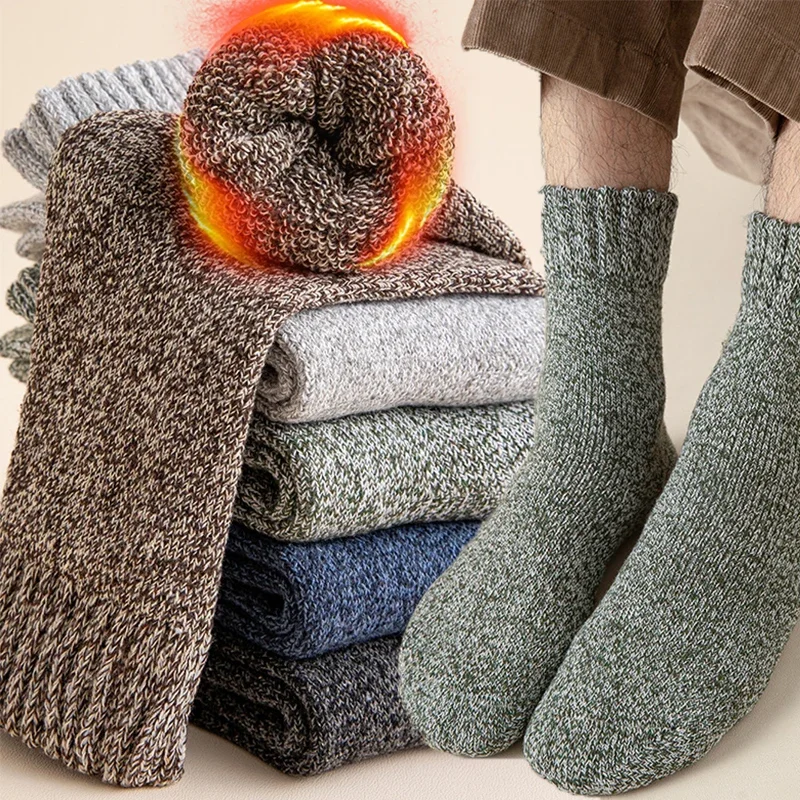
Key Features to Look for in Winter Sock
Insulation Materials
One of the most important features of winter socks is the type of insulation used. Different materials provide varying levels of warmth and comfort. Wool is a popular choice for winter sock due to its natural insulating properties. It can retain heat even when wet, making it ideal for winter climates where snow and moisture are prevalent.
Synthetic materials like polyester and nylon are also commonly used. These materials are often lightweight, breathable, and moisture-wicking, which helps keep your feet dry. Some winter socks even feature blends of both wool and synthetic fibers, maximizing thermal insulation and comfort. Choosing the right insulation material is key to keeping your feet warm during cold weather.
Moisture-Wicking Properties
Winter socks should have moisture-wicking capabilities to keep your feet dry. Moisture-wicking materials draw sweat away from the skin and help prevent dampness that can lead to cold feet. A wet sock is a cold sock, and maintaining dryness is crucial for overall foot comfort.
Look for winter sock with moisture-wicking technology, as this feature enhances breathability. This is particularly important if you plan on engaging in physical activities such as hiking or skiing. Good-quality moisture-wicking socks ensure that your feet stay dry and comfortable no matter how long you’re out in the cold.
Padding and Cushioning
Another key feature to consider is padding and cushioning. Winter sock often come with extra padding in critical areas, such as the heel and ball of the foot. This added cushioning provides comfort during long periods of wear and protects against the harsh impact of winter activities.
Cushioned socks can also help reduce the risk of blisters, as they provide extra protection against friction. When choosing winter sock, opt for those designed with padding tailored to your specific activities. By selecting the right level of cushioning, you can enhance warmth and comfort during winter adventures.
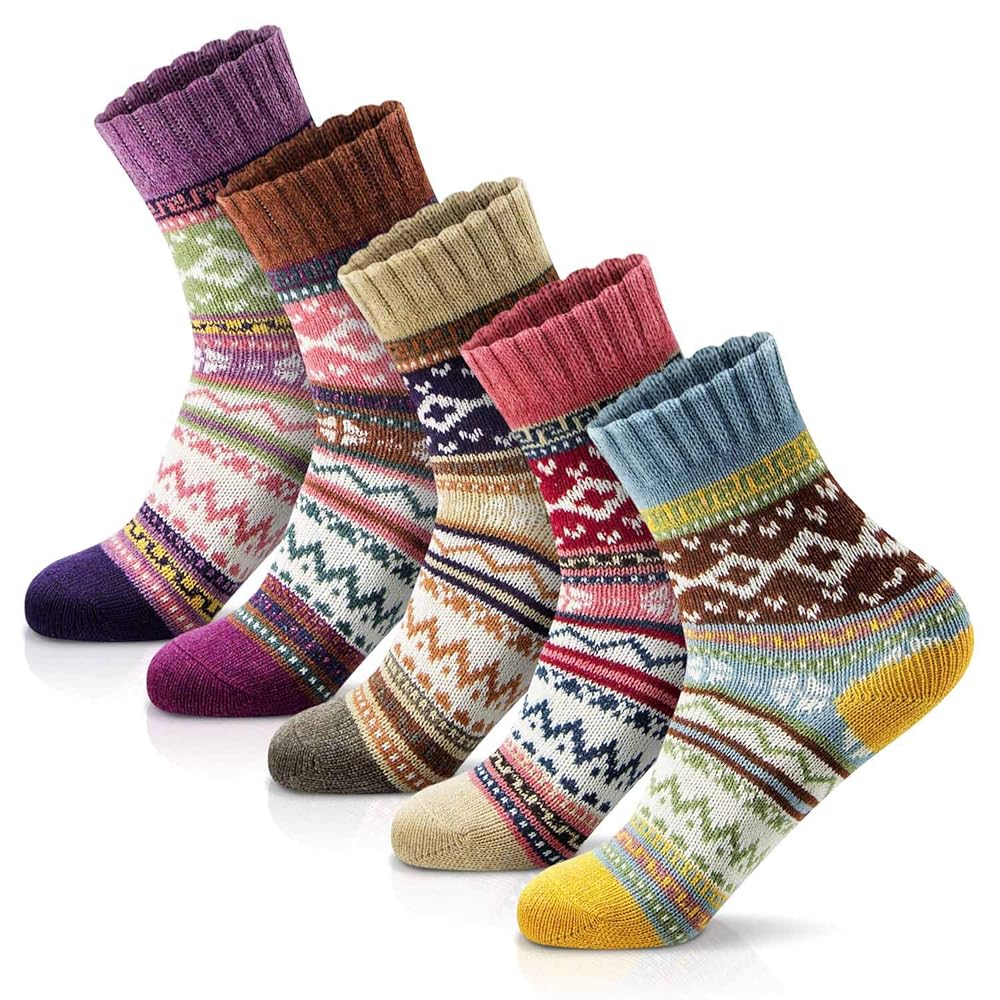
Different Types of Winter Sock
Athletic Winter Sock
For active individuals, athletic winter socks are a must-have. These socks are specifically designed for sports and outdoor activities during colder months. They typically incorporate moisture-wicking materials, cushioning, and targeted support to optimize performance.
Athletic winter socks often feature reinforced areas to protect against wear and tear. They can also have specific designs tailored for sports like running, skiing, and hiking. Investing in a quality pair of athletic winter socks enhances your performance during winter sports while ensuring maximum comfort.
Casual Winter Sock
Casual winter socks offer comfort for everyday wear and lounging. These socks prioritize warmth without sacrificing style. Available in various colors, patterns, and lengths, casual winter socks can complement your outfits throughout the colder months.
When purchasing casual winter socks, look for options with soft materials and adequate insulation. While style is essential, ensure that these socks still provide the necessary warmth and moisture-wicking capabilities. They can easily transition from a cozy day at home to running errands in the cold.
Thermal Winter Sock
Thermal winter socks are designed specifically for extreme conditions, making them perfect for those who frequently face severe cold. Typically made from thick, insulating materials, these socks provide additional warmth and protection against frigid temperatures.
Combined with moisture-wicking properties, thermal socks are particularly beneficial for winter camping, mountaineering, or other outdoor activities that require significant exposure to the cold. Choosing high-quality thermal winter sock will help maintain warmth and comfort during harsh weather conditions.
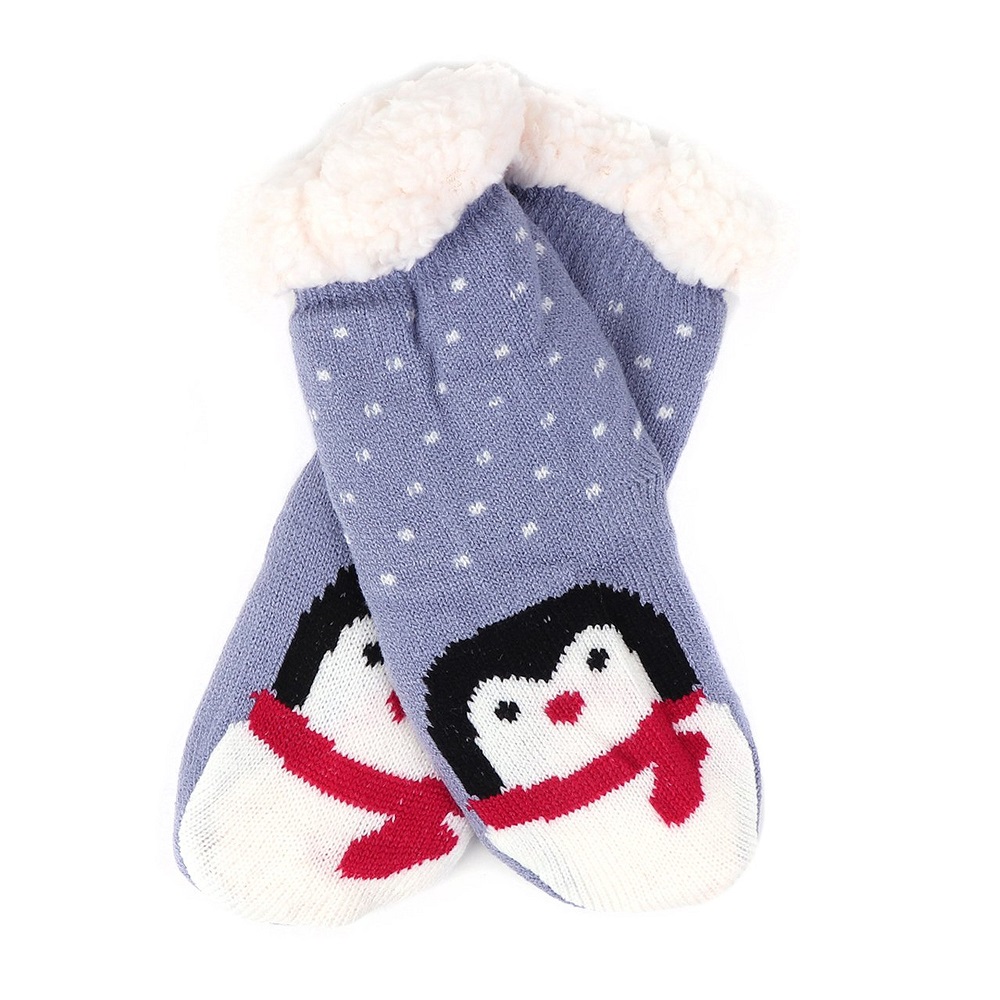
Selecting the Right Sock Size
Understand the Size Chart
One essential aspect of choosing winter socks is selecting the right size. Socks should fit snugly without being too tight. Most brands provide a size chart that correlates shoe size to sock size. Take the time to consult the chart before making a purchase.
Ensure to measure your feet accurately to determine the correct size. If you are between sizes, it is often advisable to choose the larger size for comfort. A well-fitting sock stays in place without bunching or sliding down. Proper sizing can significantly enhance your winter sock experience.
Trying Before You Buy
If possible, try on socks before purchasing them. Everyone’s feet are different, and how a sock fits can vary between brands. When trying on socks, consider how they feel when you move. Walk around the store to assess comfort and fit, checking for any signs of pinching or bunching.
If you are shopping online, look for stores with a flexible return policy. This allows you to test the socks at home and return them if they don’t fit as expected. Taking the time to find the right size will contribute to a better overall experience with your winter sock.
Caring for Your Winter Sock
Washing Directions
To prolong the life of your winter socks, it’s essential to follow proper washing directions. Most winter socks can be machine washed, but make sure to check the care label first. Washing on a gentle cycle with cold water helps maintain their shape and fabric properties.
Avoid using bleach or fabric softeners, as these can damage the materials and affect moisture-wicking capabilities. Instead, stick to mild detergent to keep your socks clean without harming the fibers. Taking care of your socks through proper washing will keep them looking and feeling their best.
Drying Techniques
When it comes to drying your winter socks, air drying is the safest option. While some socks can be tumble dried, high heat can cause shrinkage or damage to the materials. Lay your socks flat on a dry towel or hang them to dry in a well-ventilated area.
If you must use the dryer, opt for a low or medium heat setting. Always read the labels to ensure that you are drying them correctly for the specific fabrics. Following proper drying techniques will help your winter socks remain functional and cozy for longer.
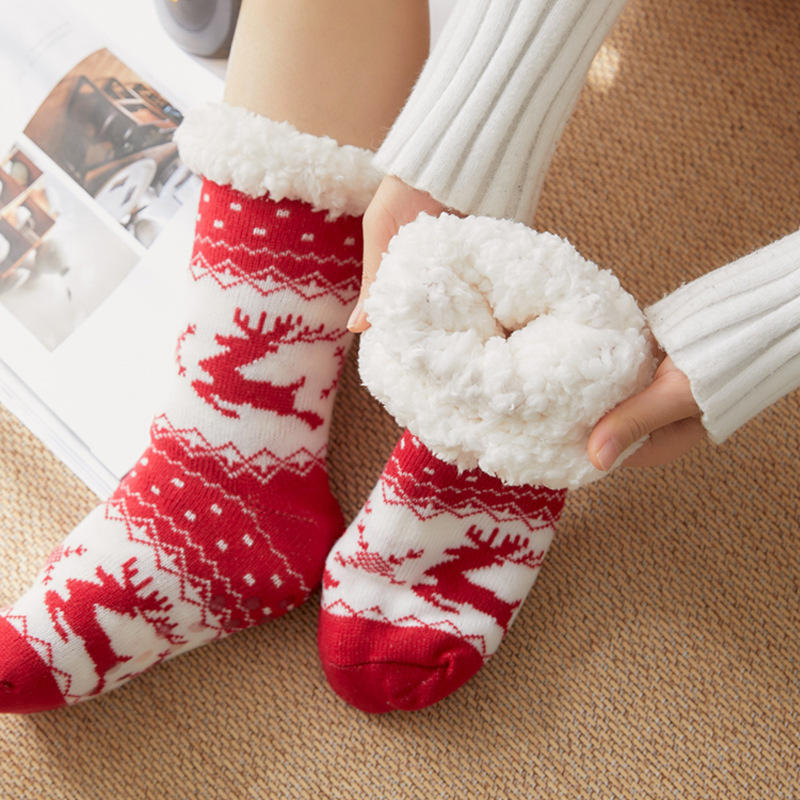
Storage Strategies
Proper storage is also key to maintaining the quality of your winter socks. When the colder months pass, store your socks in a cool, dry place. Avoid leaving them in damp areas, as moisture can lead to mold or mildew.
Consider using breathable storage bags or bins to protect against dust. Roll your socks neatly or store them upright to avoid unnecessary stretching. Taking these steps ensures that your socks remain in optimal condition for the next winter season.
Conclusion
Choosing the right winter socks is crucial for staying warm and comfortable during the cold months. The features, types, and care of winter socks significantly impact your overall experience. Understanding the importance of quality materials, insulation, and proper fit will guide you in making informed selections.
Investing in a variety of winter socks, including athletic, casual, and thermal options, allows for versatility in different activities. By considering sizing, washing instructions, and storage methods, you can prolong the life of your socks and maintain their functionality.
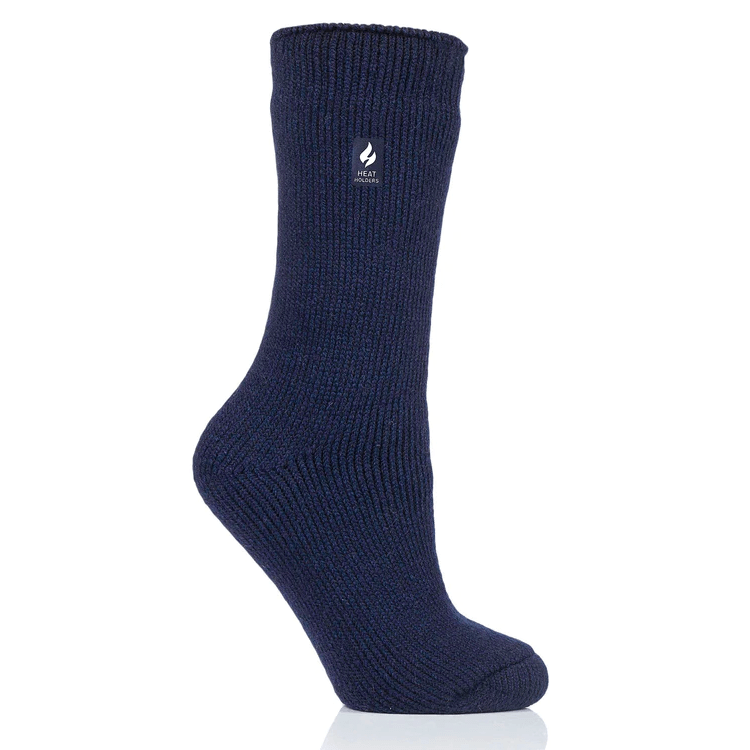
Embracing winter with the right footwear ensures that you can enjoy outdoor activities without discomfort. The appropriate winter socks can make all the difference in your overall comfort, allowing you to fully appreciate the beauty of the season. With the knowledge of essential features and care practices, you are now equipped to choose the perfect winter sock to keep your feet warm and happy. Stay cozy and stylish as you navigate through the winter months!
